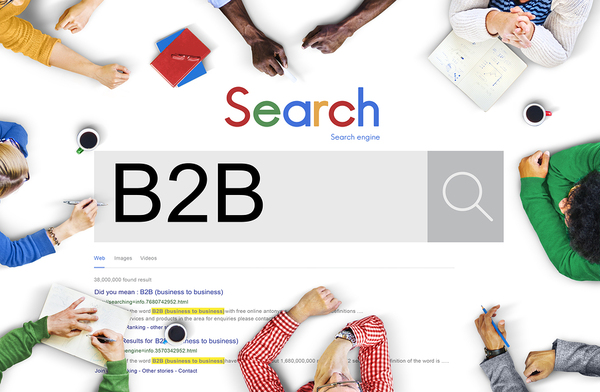3 Growth Driven Design Misconceptions Holding Your Company Back
Growth-driven design (GDD) is a method of website development similar to agile development. It is a method of redesigning the website using the...
2 min read
Mark Parent
October 10, 2016 1:40:03 PM EDT

Think of inbound marketing as a river with a number of tributaries that contribute to the overall flow.
Perhaps the most important tributary driving the flow of your inbound strategy is your website. Your website is essential to helping you attract visitors, convert leads, and nurture prospects through the buyer’s journey so that they will become loyal customers.
If your website isn’t delivering positive results in these categories, it might be time for you to consider a growth-driven redesign. A growth-driven approach to website design can mitigate the costs of a full website redesign and uses visitor data to determine how your website should look and operate in order to deliver the best possible experience for your visitors.
So if you find that visitors and leads are barely trickling in to your website, see how the following growth-driven design approaches can build your website into your business’ biggest growth driver.
 Website design is a powerful tributary to your marketing strategy, driving a steady flow
Website design is a powerful tributary to your marketing strategy, driving a steady flow
of traffic and leads toward your brand. ![]()
The best website design projects incorporate feedback and insights from as many people as possible. They rely on data and needs that branch out into all areas of the business instead of coming down from the top. Growth-driven design, or GDD, takes into account the data generated by your marketing and sales force.
From there, your website design team can tweak the website prototype to suit your business's specific needs. GDD isn't a one-shot deal where you pay for a full website redesign and hope for the best. It's an organic process that starts with a working prototype and evolves based on feedback and data.
Most websites don't get updated for more than a year after their design is completed. This means that the site remains static for that time no matter how the surrounding technology and market changes.
Google updates its algorithms continually, new forms of CSS and HTML become standard, and aesthetic trends begin to shift. This means that, with traditional website design, a business can easily lag behind the competition -- or keep paying full price for frequent redesigns.
.jpg)
Delays in launching your website can mean lost revenues
and missed opportunities to engage with visitors. ![]()
GDD is an ongoing process, which means that websites get launched much faster. While the initial launch might involve a rough version of the evolving design, it's nevertheless a professional and effective tool for growing your business.
Delaying the launch for the weeks or months it would take to construct a full traditional redesign could result in thousands of dollars in lost profits. You don't want your investment in website design to hit you hard on the bottom line, which is why growth-driven design is so effective. A delay also prevents you from rolling out more effective content, calls-to-action, social media integrations and other applications that help to drive visitor engagement and convert new leads.
Traditional website design is static. You place the order, the designer fulfills the terms, and you eventually launch the site -- with no further updates. If you go with GDD, however, you'll get constant updates to your site based on changing needs and parameters. It's less expensive, less time-consuming, and ultimately more effective.
Get more insight into drawing up your growth-driven design plan. Get your free copy of our Growth-Driven Design Playbook to learn more about data-driven strategies and approaches to strengthen your website.
Make sure to connect with us on LinkedIn to get valuable insight on the latest news in marketing and website design. Follow us here:

Growth-driven design (GDD) is a method of website development similar to agile development. It is a method of redesigning the website using the...

Sometimes, the status quo needs an update. Web design began with the internet itself, and while traditional design might prove effective for some...

Inbound 281's blog often refers to inbound marketing as a type of marketing with many moving parts. Your website is, of necessity, one of the...